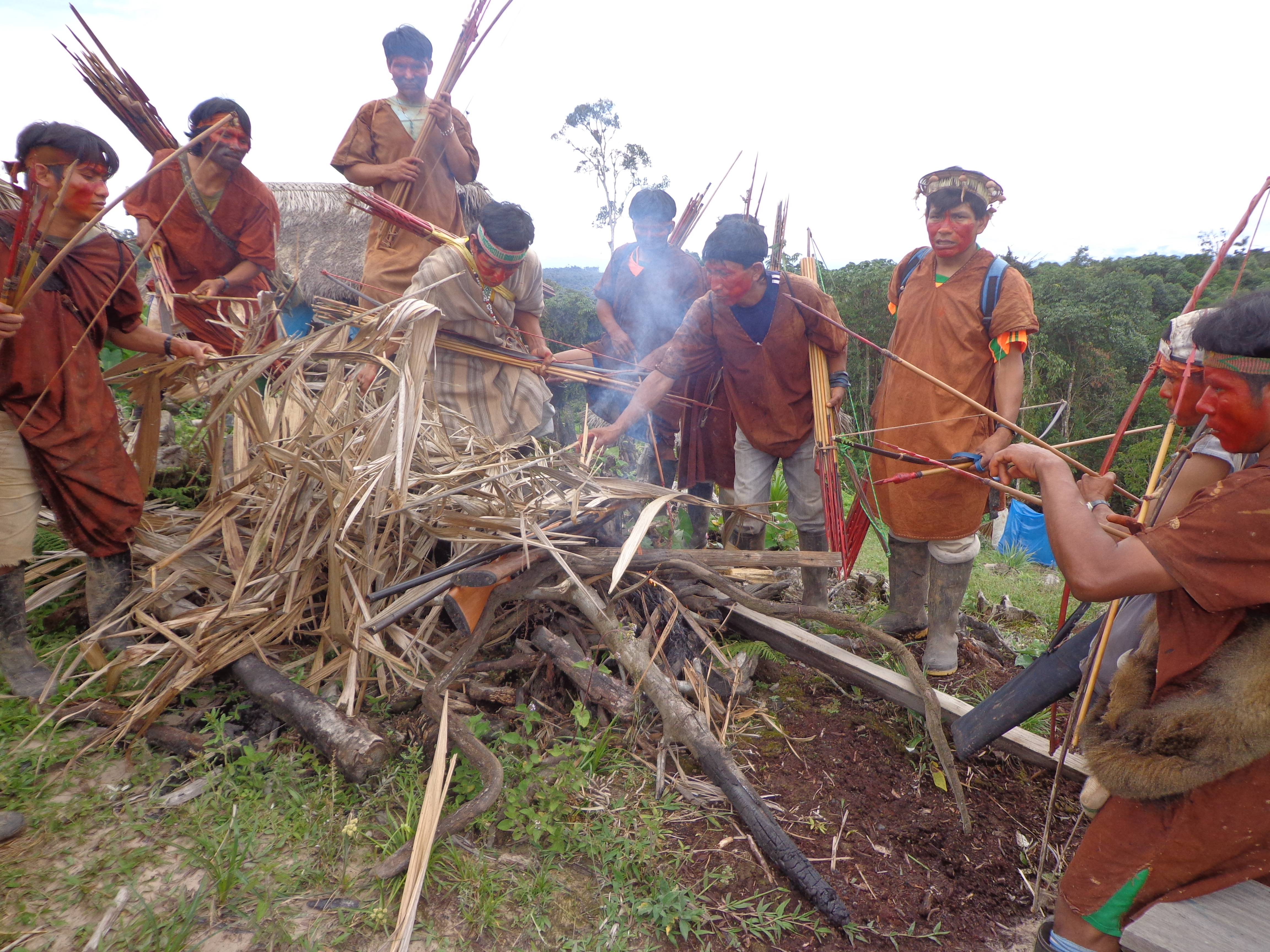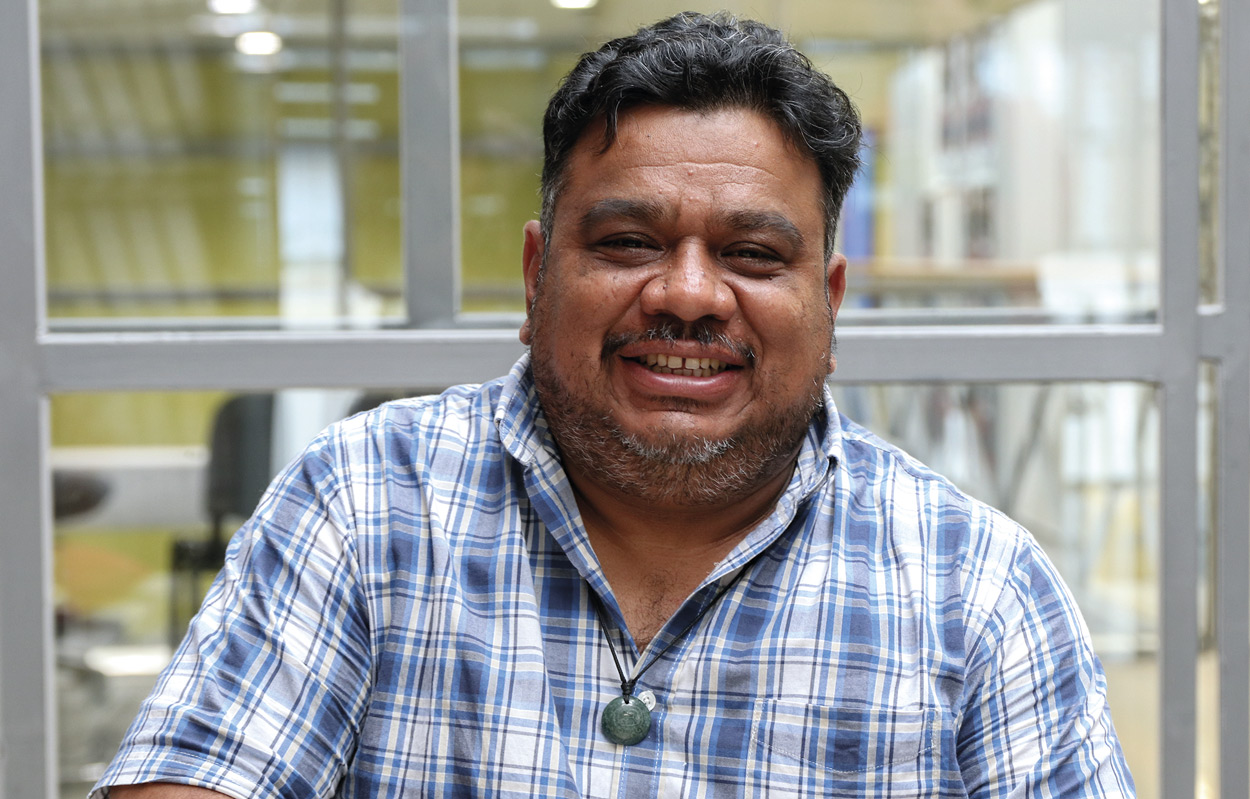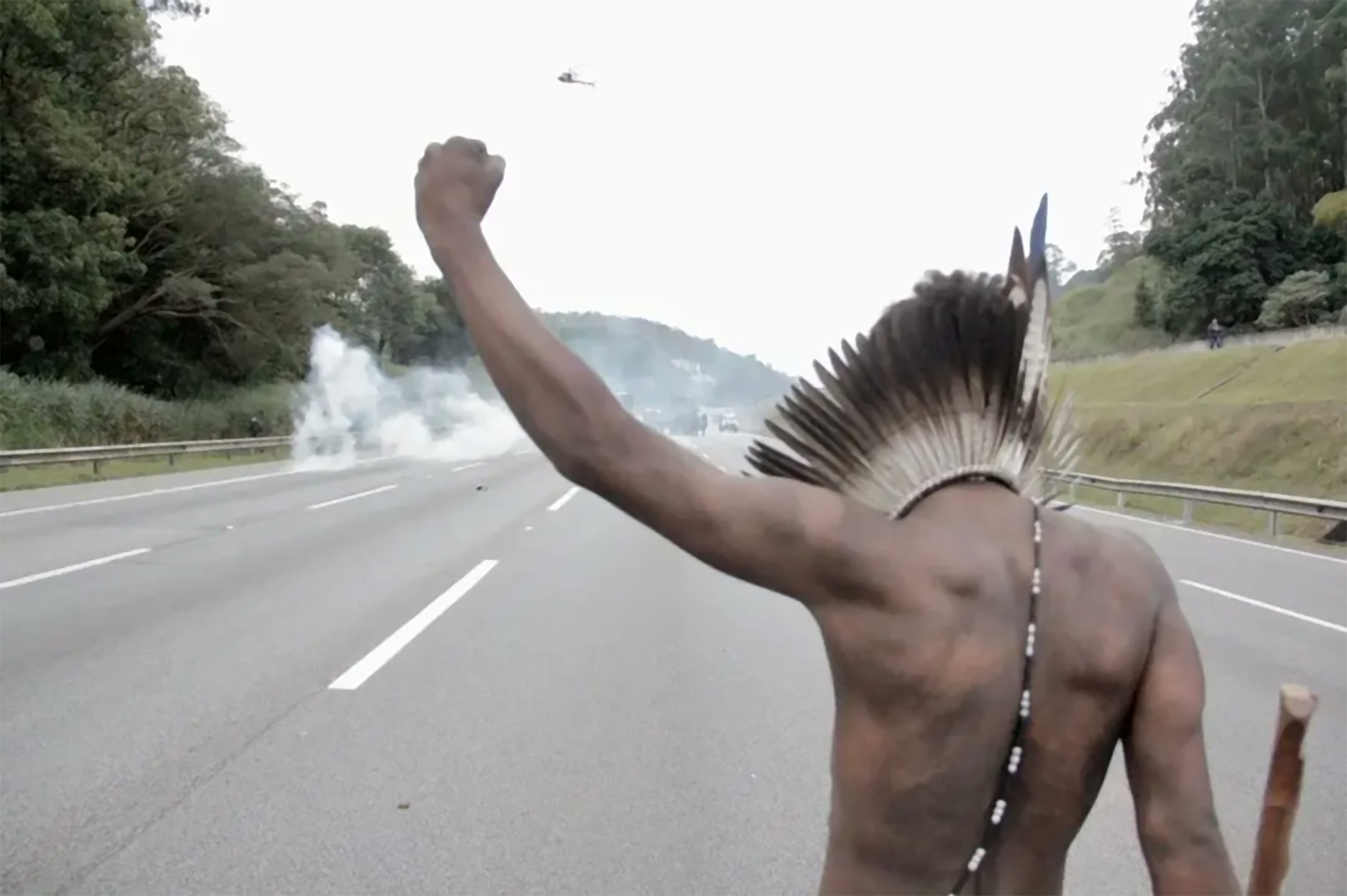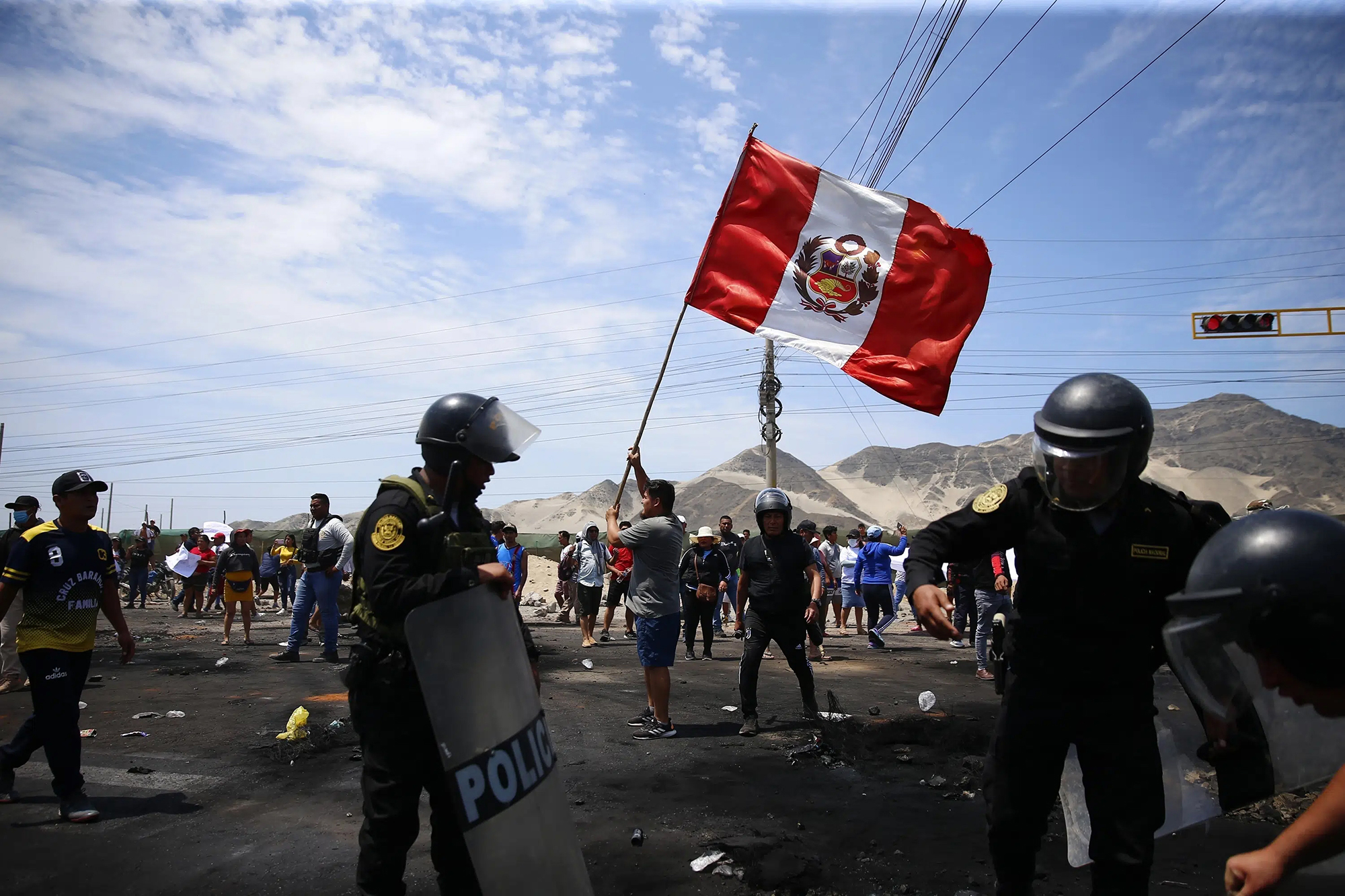The Amazon Ashanincas attack settlers remembering the wars of 1742
- In early September, the Biodiversity Environment in Latin America and the Caribbean titled: “Ashaninka people have denounced death threats against their leaders.” It would be one more conflict between the indigenous peoples of the Amazon and the companies and settlers that are going to derail the forests… if not because 270 years ago the Spanish invaders faced and stopped their inhabitants in the twenty-first century.

The news mentioned that one of the attacks suffered by the majority of the inhabitants of the Amazon and the tropical forests in general was that workers from companies who had entered illegally – if there have ever been laws in the jungle – in the dismantling and transport of trees returned to their villages.
In the deep Amazon, a few thousand in the Brazilian party and the rest in Peruvian lands, it is not even clear the number of people that make up Ashaninka, 88,000 in the Spanish Wikipedia, between 25,000-45,000 in English. Their language is from the Arawak group and they have often called Indian campas like Peru in the world.
To this native people of America the Spaniards have not made room in their history, not even the descendants of the Basques who were between the missionaries and the attacking military. But without their resistance, neither the delay in Amazon colonization nor the behavior of the Indians who had isolated themselves from white people can be understood.
In April 2017, volunteers from the Ashanink Self-Defense Committee expelled 50 armed men sent there by logging companies from the village of Meantari. In the few photographs there are of action, the inhabitants of the jungle appear armed with sticks, rings and arrows, although a few carry some ancient rifles. In 2017, lovers of the Lord Association of Agroforestry Producers and Aberdeen Reaves Nuevo Luren-Somaveni planned to take the second title of ownership and had to do it again for the second time in the flood of self-defense of 100 people.
The association CARE Central Ashaninka del Río Ene is in charge of gathering information from the approximately 10,000 inhabitants who live on the shore. Specifically, 160 people from 21 families live in Meantarin, including CARE President Ruth Buendia, who in 2014 won the Nobel Alternative International Goldman: “When the settlers arrived we were very frightened, it reminded us of the times when the terrorists of the Shining Path came to us. It only occurred to us to flee so they wouldn’t hurt us.”
The fate or prosperity of nature sought the Shining Path guerrillas to find in the 1980s one of the siege shelters of the Peruvian military. If the war between the guerrillas and the government of Lima, which made a curious reading of Maoist Marxism, resulted in 60,000 deaths (half of the guerrillas, the other half of counter-insurgency), the Amazon ashanka was paid by the people: thousands of dead and disappeared (according to some sources, one in ten inhabitants), the whole family in the slavery of young guerrillas for years,
The truth is that what the Shining Path did with the Asanis or what the resident settlers want to do with corrupt policemen do not differ much from what the Spaniards made them suffer in the 18th century. So they managed to keep free a land where they could survive.
Juan Santos Atahualpa rises to the sky
Peruvian Stefano Varese, a referent in indigenous anthropology in South America, tells the history of the Ashanincas XVIII.eko, which was the responsibility of the book La sal de los cerros klasikoan.Vareseri, along with other anthropologists in their first attempt to make legal the rights of the Peruvian aborigines to help the progressive government of President Juan Velasco Alvarado.
Varés tells the successful resistance of the Inca leader Juan Santos Atahualpa in the Peruvian Amazon with the indigenous people but above all with the Ashaninka before the Spanish settlers, which suggests in part the model of resistance of the Zapatista guerrillas organized two and a half centuries later by the commander Juan Santos Atahualpa with the Maya people of Chiapas.
Juan Santos Atahualpa (1710-1756? The aristocracy dominated by the Spaniards was the son of an Inca family, well educated in the seminary, well chosen as a young by the Jesuits for the priesthood and taken to Spain. Back in America, he sewed the concerns of the peoples who inhabited the Inca geopolitical territory destroyed two centuries ago against the Spaniards. By 1742 the settlers were already suffering the first attacks.
Atahualpa immediately connected with the people of Ashaninka. This ethnic group occupies a special position in the Amazon due to the salt trade in Mount Cerro de la Sal, today in the Peruvian province of Oxapampa. Many knew that the garfio of the time was straightforward. And most of all, the experience of two centuries had taught them that foreign whites brought only hemp: Diseases brought from Europe had ruined the entire population, the missionaries subjected them to severe penalties, such as gifts and sweet words, so that the military who came along with the priests would change their mind of the world and kill them, the entire peoples would move to the areas of concentration and, finally, to turn them, as children, into slaves at the service of the new owners.
The chronicles of the Spanish invaders say that the rebellion of the Indians broke out when the Franciscan Domingo García appealed to one of them, which would not be the first. Soon after, the indigenous people began to flee the villages managed by the friars, attacking missions, killing priests or capturing prisoners as soldiers... Santos Atahualpa sent messages through the prisoners released to the Spaniards, to whom he offered climbs. But the Empire did not tolerate the truce with its own calves.
The Spanish military penetrated into those black forests up to a thousand soldiers, hoping that the Ashanzas would resist them. Useless. They left the invaders free and then attacked them from behind, razed the missions they had left with few troops... Atahualpa knew he could not beat the Spaniards, but a blow here and there showed the invaders that they could not strengthen their presence.
In the territory of the Ashanzas of 1752 there were no Spanish missions or peoples left. By the age of 120, no white man would be put at risk in these places. In 1756 the trail of Juan Santos Atahualpa was lost. There is no concrete document about his death. The ancient Ashaninka tell us that the boss was dragged by a stake across the sky.
49 urte preso pasa ondoren, libre utzi dute Leonard Peltier AEBetako ekintzaile autoktonoa. Otsailaren 18 honetan heldu da bere senide eta lagunen artera 80 urte dituen preso-ohia.
Oinarrizko maia komunitateko U Yich Lu’um [Lurraren fruitu] organizazioko kide da, eta hizkuntza biziberritzea helburu duen Yúnyum erakundekoa. Bestalde, antropologoa da, hezkuntza prozesuen bideratzaile, eta emakumearen eskubideen aldeko aktibista eta militante... [+]
It is no coincidence that Columbus Day, that of the Civil Guard and the Virgen del Pilar coincided on that date. The three represent oppressive structures (statue, army and church). On the other hand, there is indigenous resistance and population that the Spanish State... [+]
When in the 16th century the Spanish conqueror Francisco de Orellana sailed the Amazon River, he said that there were big cities on both sides of the river. Few believed then, let alone in the following centuries, when no trace of what the conquest itself had destroyed was... [+]
On March 23, the prestigious French publisher Seuil launched a new literary section called “Indigenous Voices”. On the web Un livre dans ma valise (A book in my beacon), the director of the section Laurence Baulande explained that then the aim of the project is to publish... [+]
Pasa den abendutik Perun gertatzen ari diren istiluak, herrialdearen egoera politiko ahularekin lotu dituzte munduko hedabide nagusiek. Pedro Castillo presidente ezkertiarraren noraeza, haren kargugabetzea, Andeetako eskualdeetako herritarren altxamendua eta haien kontrako... [+]





















